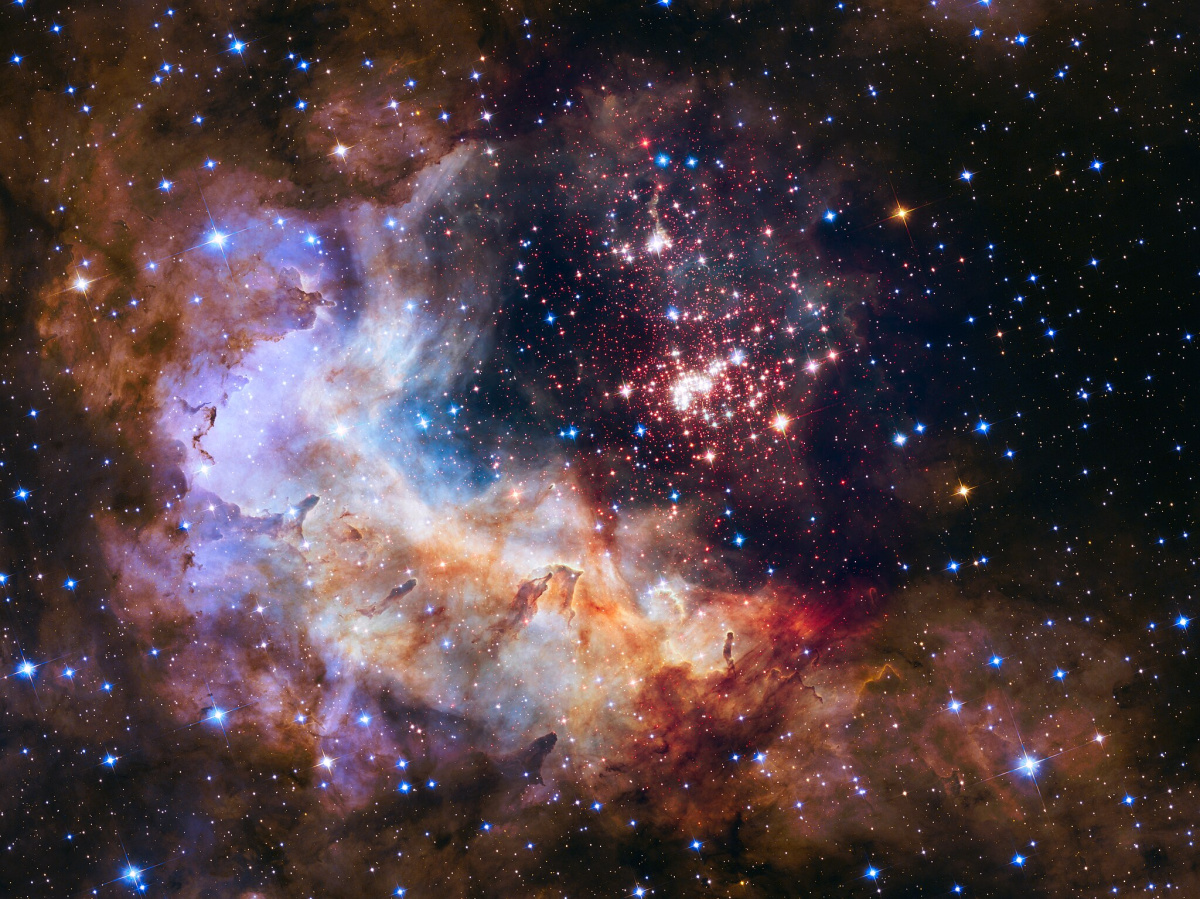
The Otherworld of Music
Music that hits you so strong that you stop what you were doing, transporting you to an otherworld. In this essay, our writer ponders this alternative space she finds when listening to specific tracks.
Have you ever listened to music and felt an inexplicable longing, a heartache, a pull towards something you can’t put your finger on, a dream you’ve forgotten, a place you can’t place, a play of color and light? If you have, you’ll know the feeling of depth, clarity, reality that unfolds in that space, that cleft in the here/now. It’s almost graspable. It’s on the cusp of something you recognize, can anchor yourself to, can tell your friends, yes – this reminds me of this! – but not quite. It’s nothing said in lyrics. It’s not an actual memory. It’s not the past you remember.
Is it the future?
Is it the otherworld?
We talk about being «transported» by music, but we don’t often ask where it takes us.
Certain instrumental electronic music does something to me that I don’t quite understand. Of the hundreds of electronic tracks I love, I’ve only discovered a handful with this power. ELLLL’s «Sooty Tern». Nujabes’ «Far Fowls». HAAI’s «Head Above the Parakeets». Four Tet’s «School». Liam Mour’s «Nineteen Ninety», plus a couple of others.
Perhaps you’ve been there, perhaps you have your own handful of keys to the portal. Every one of these tracks has at times made me stop what I was doing, close my eyes, clamp my headphones to my ears. I’ve had tears hinged out of me. Shivers down my spine, sure… but more than that. There’s just something, and whatever it is, it’s so strong, so sublime, so sweetly almost-sad but completely defying description, and it leaves me speechless, chest aching.
I’ve felt I was swimming in a cloud of something between memory, emotion, and connection. A neuroscientist could surely explain what’s going on in my brain, but chemical reactions aren’t really the point. What’s more, it’s wild that this information – born in the formless universe of digital production, all on-screen waveforms and packaged ones and zeros – could leap with such force into (call it what you will, but) my soul.
Sublime maybe, but not divine – the otherworld isn’t the transcendence that, both in Western classical music and in traditional music across the world, is often linked with religious experiences. Likewise, repetitive rhythms are a well-trodden route to an altered headspace. But the otherworld is not a meditative state, nor is it (a) trance.
When music clicks us back to another time and place, the overwhelming sensory package (sights, smells, emotions) looms unannounced from our brains’ shadowy reservoirs. But the otherworld feeling isn’t nostalgia or an evocation of a former time; if anything, it’s closer to saudade, yearning for somewhere you might never have been. Listening to «Sooty Tern» or «Far Fowls», I’m somewhere else – maybe sometime else – in a realm that exists only through and within that specific track. And I’m always left wondering if the music’s creator(s) experienced it too. Otherwise, how did they create a whole world and deliver it to my consciousness using only sounds on their software?
Through certain music, then, this world is momentarily visible, shimmering behind the surface of the one we live in, like a new color that was always there but hidden from sight. And actually, for me, this experience of music really is a synaesthetic one. Face to face, I could describe these visual and sensory realms to you in detail, except I wouldn’t, because that would be about as interesting as someone describing their dream. It only exists in their head; in my head. But we all dream, and maybe that’s where we can still connect. Maybe your otherworld and mine are linked.
If you have your own version, you might recognize my rough (if earnest) account of electronic music’s hatch to the parallel. I accept that I might never know more, unless I fall fully through the portal one day. Or if you do. Let me know – I’m curious about what’s on the other side.
Three Otherworldly Tracks
«Sonic Worlding» is a monthly Norient column. It invites writers and artists from all over the world to to think and speculate with and not only about music. Where most music writing treats music as something that can be categorised and placed in pre-determined boxes (personality cults, end-of-year lists, genres, origins, styles), «Sonic Worlding» is interested in the vast potential of rhythms, ideas, and worlds that are still to be unlocked, attempting to spin new webs of thought spanning the globe. Edited & curated by Norient editor Philipp Rhensius.
Biography
Published on April 17, 2024
Last updated on August 21, 2024
Topics
About the micropolitical qualities of sound as a non-conscious experience of intensity.
A generative practice that promotes different knowledge. One that listens is never at a distance but always in the middle of the sound heard.
From afrofuturist parallel worlds to decoding strategies of emancipatory sounds: Examinations of music striving for a life worth living.
Special
Snap
